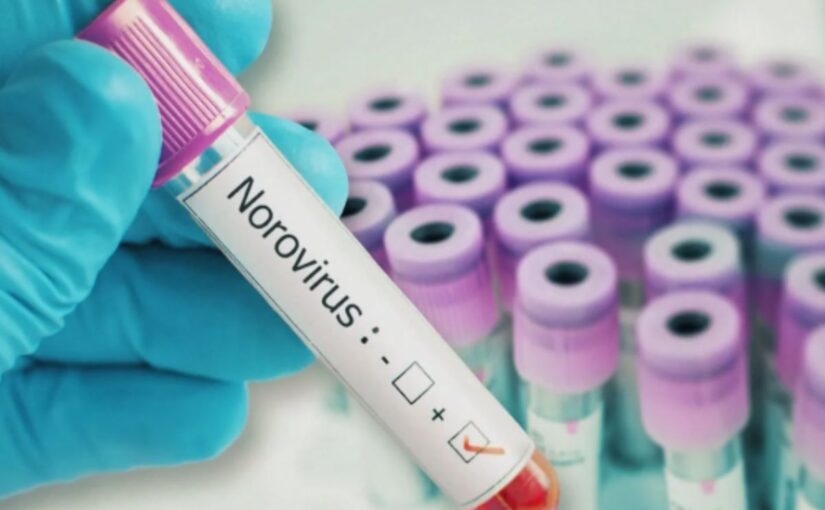Norovirus, a highly contagious stomach infection, is causing concern in the U.S, with cases spiking in December. In the first week alone, over 90 cases were reported. One notable outbreak occurred at a restaurant event in Los Angeles, where at least 80 people fell ill after consuming raw oysters sourced from British Columbia, Canada. These oysters, sold in 14 states, were eventually recalled. While the virus is affecting the U.S more significantly, there have also been instances in India, particularly in Kerala, though on a smaller scale. Here’s what you […]

Norovirus On The Rise In U.S
Norovirus, a highly contagious stomach infection, is causing concern in the U.S, with cases spiking in December. In the first week alone, over 90 cases were reported. One notable outbreak occurred at a restaurant event in Los Angeles, where at least 80 people fell ill after consuming raw oysters sourced from British Columbia, Canada. These oysters, sold in 14 states, were eventually recalled. While the virus is affecting the U.S more significantly, there have also been instances in India, particularly in Kerala, though on a smaller scale. Here’s what you need to know about norovirus, how it spreads, and how to protect yourself.
Norovirus, also known as the “winter vomiting bug,” is a highly contagious virus. It spreads primarily through contaminated food, water, or surfaces. The primary transmission route is oral-fecal. People of all ages can be affected, though outbreaks are common in places like cruise ships, nursing homes, dormitories, and other confined areas.
According to the World Health Organization (WHO), there is emerging evidence suggesting that norovirus infection may lead to intestinal inflammation, malnutrition, and even long-term health issues. It is estimated that norovirus causes around 685 million cases worldwide every year, including 200 million cases in children under five. In the U.S, it is the leading cause of foodborne illness, responsible for 58% of all cases.
Read More: Buruli Ulcer: Flesh-Eating Bacteria Spreads Rapidly Across Australia
The symptoms of norovirus typically appear 1-2 days after exposure and include vomiting, diarrhea, and nausea. Patients may also experience abdominal pain, fever, headaches, and body aches. In severe cases, dehydration can occur due to the loss of fluids, which may require medical attention.
Norovirus is highly resilient. It can survive many disinfectants, such as hand sanitizers, and can endure heat up to 60°C. This means that simply steaming food or chlorinating water is not enough to kill the virus. The best way to avoid infection is by practicing good hygiene, particularly by washing hands thoroughly with soap after using the toilet or handling diapers. It is also crucial to wash your hands before eating or preparing food.
During outbreaks, disinfect all surfaces with a hypochlorite solution (5,000 parts per million). The US Centers for Disease Control and Prevention (CDC) recommends that those who are infected should avoid contact with others, including preparing food for others, during their illness and for at least two days after symptoms subside.
Read More: Dinga Dinga: Unidentified Virus Triggering Severe Body Shaking Affects Hundreds In Uganda
Currently, there is no specific vaccine or antiviral treatment for norovirus. The illness is self-limiting, meaning it usually lasts only 2-3 days. Most people recover without complications, especially if they are healthy and well-hydrated. The primary treatment is maintaining proper hydration, and in extreme cases, intravenous fluids may be required to prevent dehydration.
Diagnosis is typically confirmed using real-time reverse transcription-polymerase chain reaction (RT-PCR) testing. Though it can be exhausting, norovirus generally resolves on its own with rest and proper care.
In conclusion, norovirus remains a common and highly contagious virus, especially during the colder months. By following basic hygiene practices and staying hydrated, you can reduce your risk of infection.



















